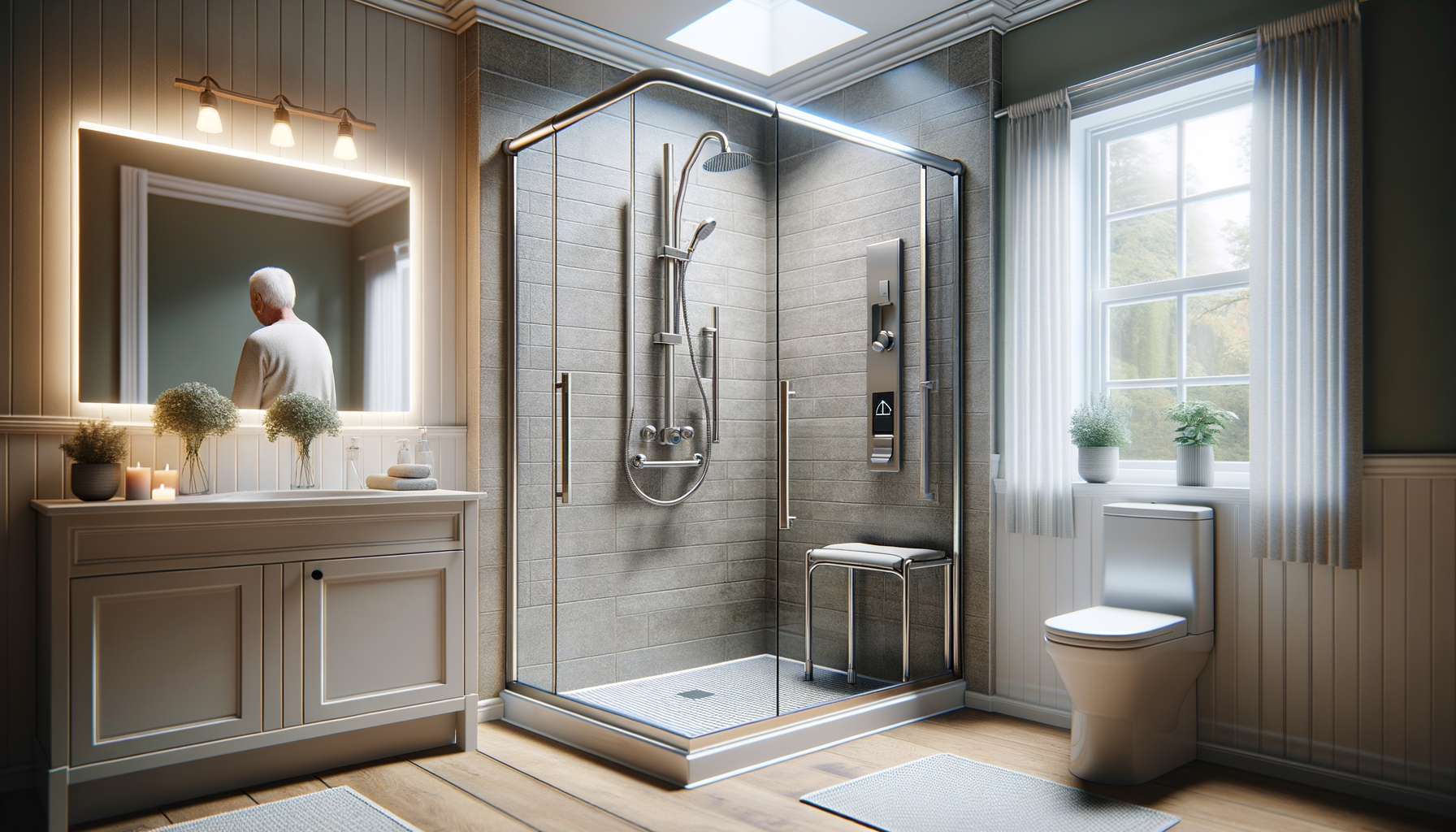Understanding Walk-In Shower Prices
When considering a walk-in shower, understanding the cost is crucial for budgeting and planning. Prices for walk-in showers can vary significantly based on several factors, including the size, materials, and additional features you choose. On average, a standard walk-in shower installation can range from $2,500 to $15,000. The lower end of this spectrum typically includes basic models with standard features and materials, while the higher end often involves custom designs with luxury materials such as natural stone or high-end tiles.
Several elements contribute to the overall cost:
- Materials: The choice between acrylic, fiberglass, or tile can greatly affect the price. Acrylic and fiberglass are generally more affordable, while tile offers more customization but at a higher cost.
- Size and Design: Larger showers or those with unique designs will naturally cost more due to increased material and labor requirements.
- Additional Features: Features like built-in seating, grab bars, and handheld showerheads can add to the cost but enhance functionality and safety.
It’s essential to get quotes from multiple contractors to ensure you receive a fair price. Additionally, consider the long-term benefits of investing in a high-quality walk-in shower, especially if it improves accessibility and safety for seniors.
Walk-In Showers for Seniors: Safety and Convenience
Walk-in showers are particularly beneficial for seniors, offering a safer and more convenient bathing experience. As mobility can decline with age, the risk of slips and falls in the bathroom increases. Walk-in showers mitigate these risks with their low-threshold entry, allowing easy access without the need to step over high tub walls.
Key features that enhance safety for seniors include:
- Non-slip Flooring: Many walk-in showers come equipped with textured flooring to prevent slips.
- Grab Bars: Strategically placed grab bars provide additional support and balance.
- Shower Seats: Built-in or foldable seats offer a place to rest, reducing fatigue and the risk of falls.
- Handheld Showerheads: These allow for more control and flexibility during bathing, making it easier for those with limited mobility.
Beyond safety, walk-in showers offer a sense of independence and dignity for seniors. They can bathe without assistance, which is crucial for maintaining self-esteem and privacy. These showers are not just functional but can be aesthetically pleasing, contributing to a modern and stylish bathroom environment.
Maximizing Space: Walk-In Showers for Small Bathrooms
For those with small bathrooms, a walk-in shower can be a space-saving solution that maximizes utility without compromising style. Unlike traditional bathtubs, walk-in showers can be customized to fit into tight spaces, making them ideal for compact bathrooms.
Here are some design tips to make the most of a small bathroom with a walk-in shower:
- Corner Installations: Placing the shower in a corner can free up valuable floor space.
- Glass Enclosures: Clear glass doors create an illusion of more space by allowing light to flow freely throughout the room.
- Minimalist Design: Opt for sleek fixtures and a simple design to avoid overwhelming the space.
- Built-in Shelving: Maximize storage without taking up extra space with built-in shelves for toiletries.
Walk-in showers can also be designed to blend seamlessly with the rest of the bathroom, using matching tiles and finishes to create a cohesive look. This not only enhances the aesthetic appeal but also ensures that the bathroom remains functional and efficient.
Comparing Walk-In Showers to Traditional Bathtubs
When choosing between a walk-in shower and a traditional bathtub, several factors should be considered, including safety, space, and personal preferences. Walk-in showers offer a modern, streamlined look and are generally safer for individuals with mobility issues, as they eliminate the need to step over a high tub wall.
Benefits of walk-in showers over traditional bathtubs include:
- Accessibility: Easier access for individuals with limited mobility, making them a preferred choice for seniors.
- Space Efficiency: Typically take up less space, making them ideal for small bathrooms.
- Ease of Cleaning: With fewer crevices and corners, walk-in showers are often easier to maintain.
However, traditional bathtubs might still appeal to those who enjoy soaking baths or have young children who require a tub for bathing. Ultimately, the decision should be based on individual needs and the specific requirements of the household. Balancing aesthetics, functionality, and safety will lead to the most satisfactory choice.
Conclusion: Embracing the Future of Bathroom Design
Walk-in showers represent a significant advancement in bathroom design, offering a blend of safety, convenience, and style. They are particularly advantageous for seniors, providing a safer bathing environment that supports independent living. For those with small bathrooms, walk-in showers offer a practical solution that maximizes space without sacrificing functionality or aesthetics.
As you consider upgrading your bathroom, weigh the benefits of a walk-in shower against your personal needs and preferences. Whether for enhanced safety, space efficiency, or modern design, a walk-in shower can be a valuable addition to any home, transforming the daily routine into a more enjoyable and secure experience.




Leave a Reply